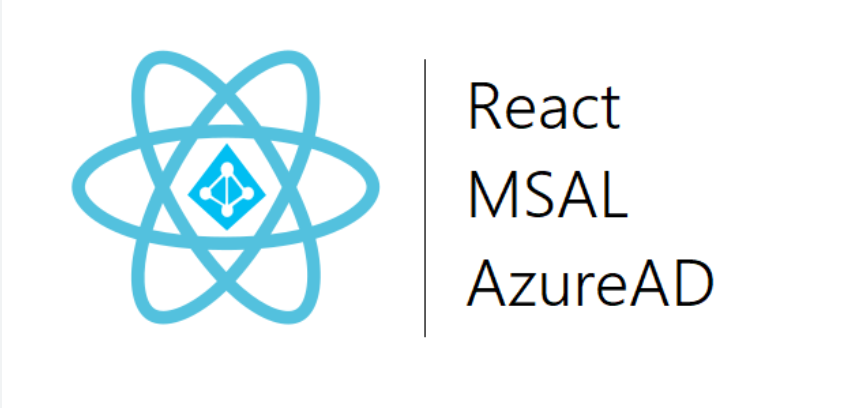Every organization is structured differently. Typically, there are three working models commonly seen across IT organizations with different levels of cloud and DevOps maturity. Some key behaviors that define which model is in use are as follows:
- Who develops the software?
- Who operates the software?
- Who builds the cloud platform?
- Who operates the cloud platform?
Focusing on sustaining workloads with the traditional approach
Traditionally, there are dedicated teams that own each of the areas described previously. The software developers build an application and then pass it over to another team for maintenance and operations. Cloud infrastructure also follows a similar pattern where certain teams build, and others run the platform. This setup is indicative of a lack of DevOps maturity and hinders growth and ownership. Software teams that function with such siloed approaches don’t have visibility into the challenges faced and the approaches followed by other teams. This also affects the growth and learning of all team members, as new innovative approaches are rarely followed to optimize the processes or solve challenges at scale.
This approach is good enough to sustain IT applications that don’t require consistent innovation to delight customers. Regular payroll processing, leave management portals, and so on would fall under this category.
Focusing on optimizing workloads
Unlike the traditional operating model, software developers can also operate the application in productive environments. However, they don’t manage anything in terms of the cloud infrastructure underneath. The infrastructural foundations are still built and operated by a dedicated team.
This allows a certain degree of control and optimization in the software stack and the corresponding business outcomes. Teams with limited cloud skills can leverage the cloud PaaS offerings to be able to operate the applications in the cloud while they establish deeper expertise in other areas.
Let’s discuss an example from my past experience working with a team that lacked cloud skills but wanted to leverage innovative cloud offerings to be able to grow in the months and years to come.

